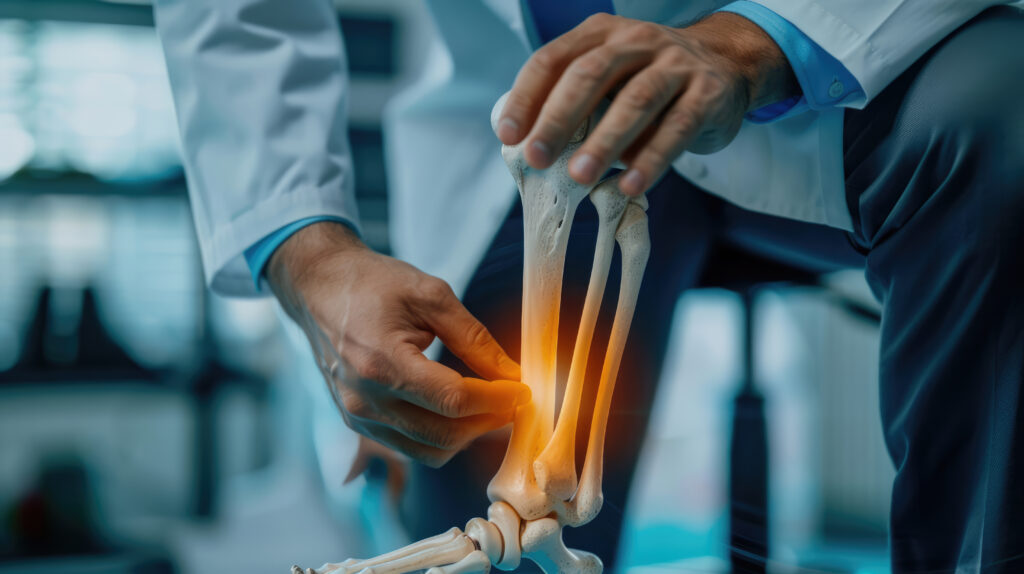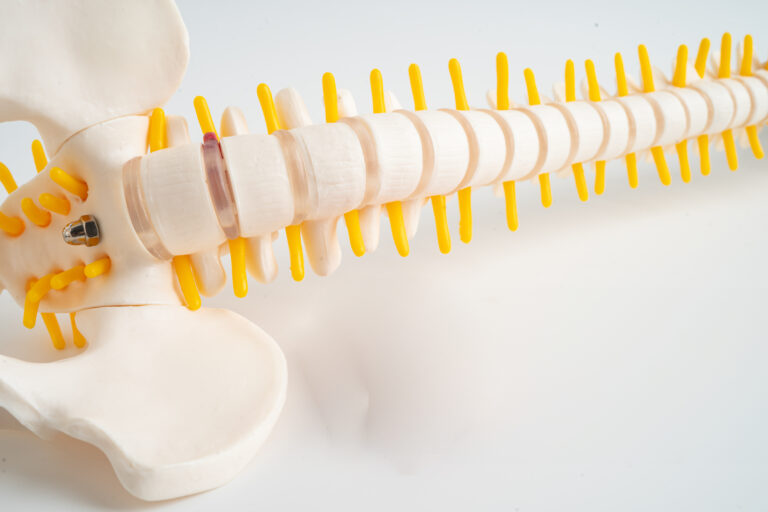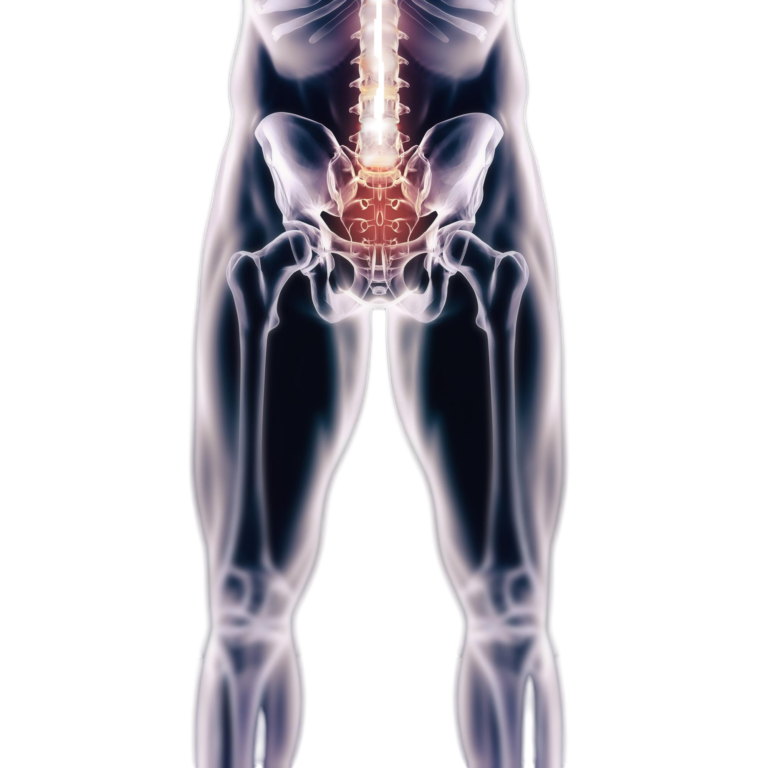
Rehabilitation After Joint Surgery: Key Tips for Women
Recovering from joint surgery, whether it’s a hip replacement, knee surgery, or shoulder repair, is a critical phase for regaining mobility and strength. For women, this recovery process may come with unique challenges, particularly if age-related factors like osteoporosis or hormonal changes are involved. Following a well-structured rehabilitation plan is essential for a successful recovery.
The Importance of Rehabilitation
- Restoring Mobility and Strength:
- Post-surgery rehab helps restore joint mobility and improve muscle strength, preventing stiffness and future complications.
- Physical therapy is a key part of rehabilitation, helping women regain full joint function while avoiding unnecessary stress on the surgical area.
- Preventing Scar Tissue Formation:
- Early and controlled movement reduces the risk of scar tissue forming around the surgical site, which can limit joint function.
- Gradual stretching and strengthening exercises designed by a physical therapist ensure smooth recovery without overburdening the joint.
Key Components of Rehabilitation for Women
- Physical Therapy:
- A personalized physical therapy program will focus on exercises to strengthen the muscles around the joint, improve range of motion, and restore balance.
- Women recovering from joint surgery often benefit from low-impact exercises such as stationary biking, water therapy, and walking.
- Nutrition for Healing:
- Eating a balanced diet rich in protein, calcium, and vitamins (such as C and D) helps accelerate healing.
- Proper nutrition also supports bone and joint recovery, ensuring that women regain strength post-surgery.
- Pain Management:
- Managing post-surgical pain is crucial for active participation in rehabilitation.
- Pain-relieving medications, along with ice therapy and controlled rest, can keep discomfort at bay without slowing down the recovery process.
- Home-Based Exercises:
- Beyond formal therapy sessions, women should perform home-based exercises regularly to maintain progress.
- Simple stretches, light resistance training, and mobility exercises can be done under the supervision of a healthcare provider.
Long-Term Joint Health
Maintaining a healthy lifestyle after surgery is key to long-term joint health. Women should incorporate regular exercise, proper nutrition, and periodic check-ups with their orthopaedic specialists to monitor progress and prevent future joint issues.
Key Takeaway:
Successful rehabilitation after joint surgery requires a combination of physical therapy, nutrition, and personalized exercises. With the right plan, women can regain full mobility and enjoy a pain-free life.
Disclaimer:
The information provided in this guide is for general educational purposes only and should not be considered medical advice. Always consult with a healthcare professional, such as a doctor or physical therapist, before beginning any rehabilitation program or making changes to your recovery plan. Each individual’s recovery process may vary based on their specific surgery, health condition, and personal circumstances. This guide is not intended to replace personalized medical care and treatment.



